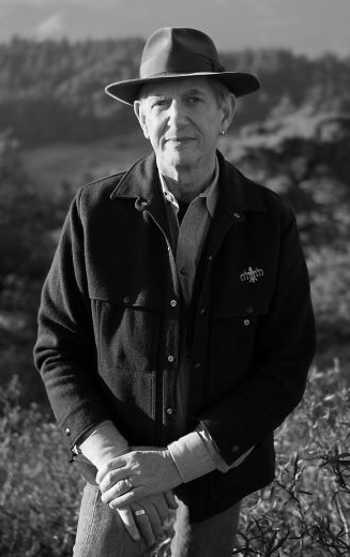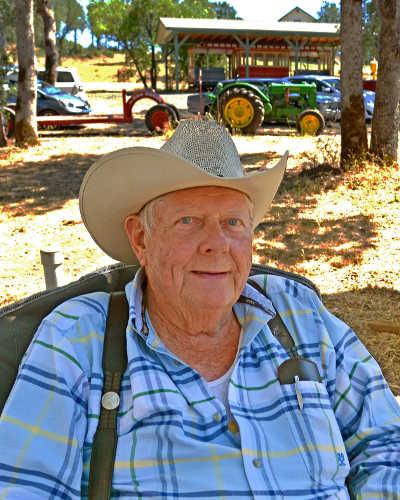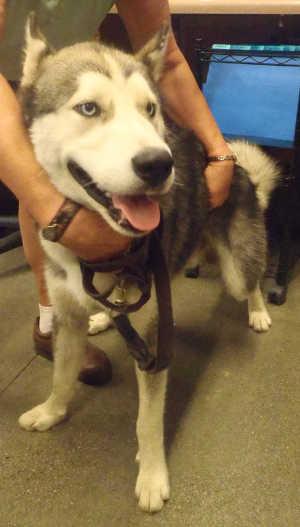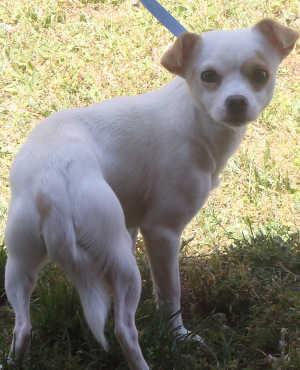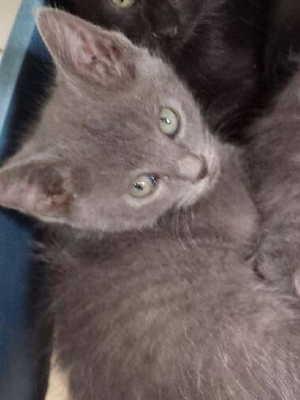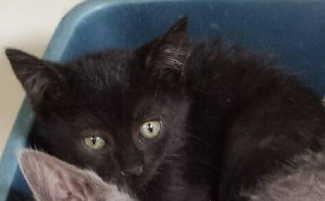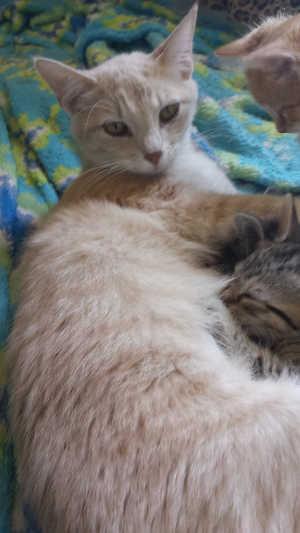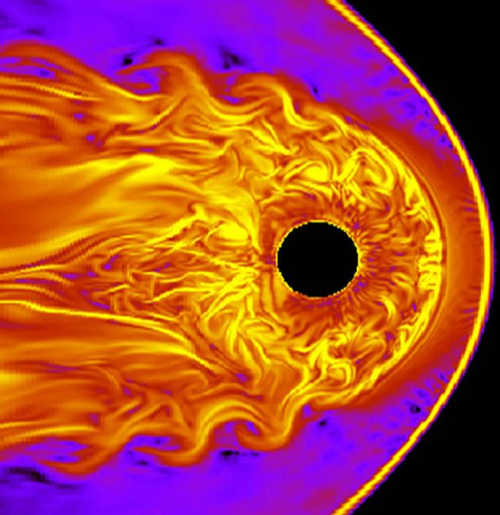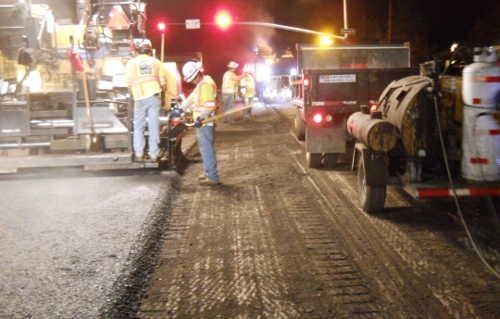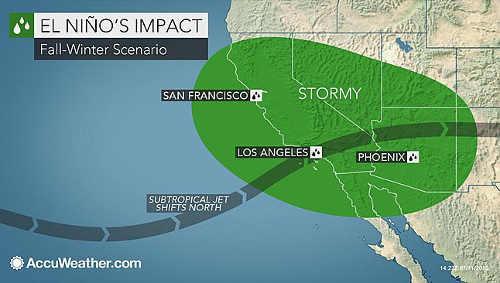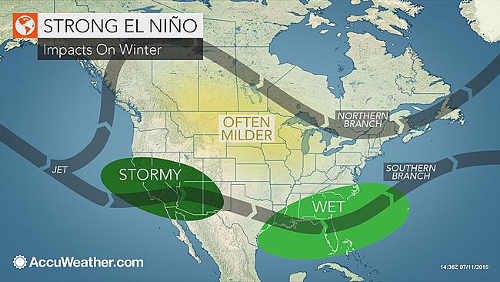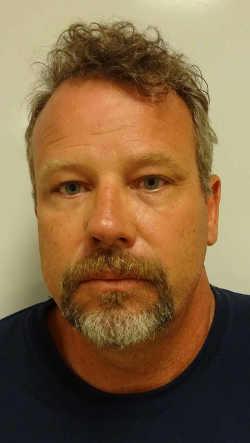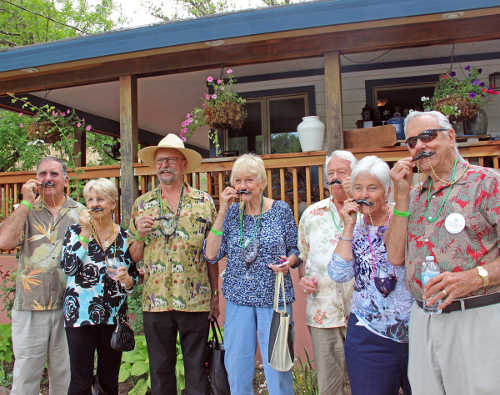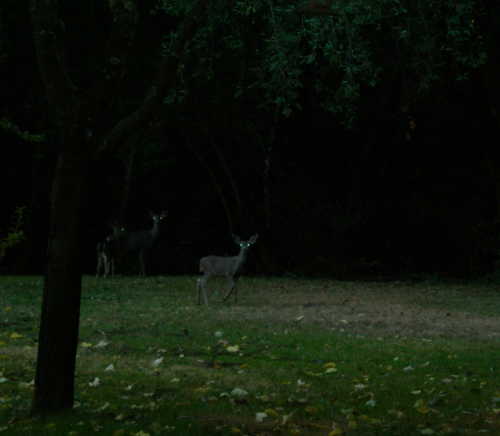
"Oh, the summer night, Has a smile of light, And she sits on a sapphire throne." – Bryan Procter
LAKE COUNTY, Calif. – There is nothing like a cool, clear Lake County night.
When the sun fades out in the western hills, act two commences, with the principal players being moon and stars.
The night's show has many mammalian co-stars, however, including mice, owls, coyotes and skunks.
You don't need to queue Mozart's, “Night Waltz” for the full effect. A walk in the woods at night can bring out a disparity of feelings. It's both eerie and beautiful at the same time.
Shining a flashlight, the beam catches the tiny reflections of the eyes of wolf spiders, who hunt at night.
The scent of a skunk somewhere in the vicinity is unmistakable. You may not regard the smell of its spray as James Michener's character, “Pentaquod” from the novel “Chesapeake” did, as a sort of woods perfume.
While surveying silhouettes of trees against the night, stars begin twinkling beyond them, creating a black-lace-studded-with diamonds effect.
Who will ever forget one of the brightest night players of the 20th century, comet Hale Bopp? It was discovered on July 23, 1995, by two separate comet watchers, Alan Hale, and Thomas Bopp.
The heavenly bodies, according to Pomo Indian mythology, were created by Coyote, who also, according to some myths, created the Earth. This, he accomplished by commanding a small sackful of earth to grow, while he was floating about on a cloud.
The month of July will treat us to two full moons, or, as the second moon in a month is called- a blue moon. Our first July full moon was on July 2 and the second will fall on July 31.
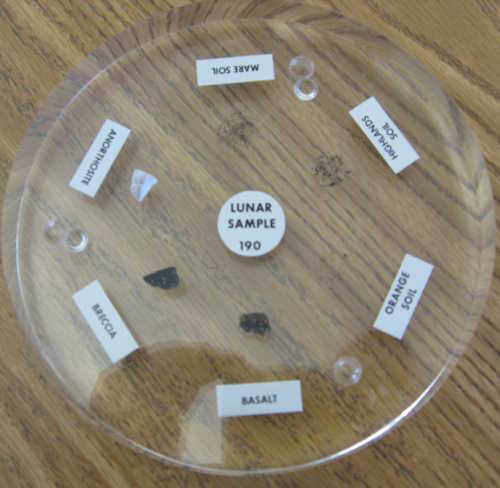
A second, or blue moon occurs every two or three years. Although it is called “blue,” it is not normally blue in color, but there is such a thing as a rare blue-colored moon, when the conditions around the Earth are just right and the moon is viewed through dust or smoke.
Whether gazing up at the moon with the naked eye, your own telescope or visiting Lake County's fine observatory, Taylor Observatory, it is always awe-inspiring to think that once upon a time American men once walked on the moon.
About one fourth the size of Earth, the moon is 225,745 miles from us.
Scientists, who are still garnering information from moon rocks which were brought back to Earth, tell us that moon rocks are similar to Earth rocks, but by analyzing their chemistry, or viewing them under a microscope the differences are evident.
Moon rocks have no water at all, while most Earth rocks contain some water. All of our moon's rocks are igneous, formed by the cooling of molten lava.
I became “lunar certified” by NASA which allowed me to borrow a bit of the more than 800 pounds of rocks and soils from NASA's six manned moon missions to share with the students of Coyote Valley Elementary School. The lunar samples are some of our country's national treasures.
The six samples viewed included mare soil, the fragments of which were produced by meteorites hitting basalts.
The mare soil held grains of the minerals feldspar and pyroxene and were collected by the Apollo 17 mission, the last mission by humans to the moon.
Breccia was viewed, which was collected by the Apollo 15 astronauts near Hadley Rille, a canyon-like depression on the moon.
Breccias are made of fragments of other rocks that were smashed by meteorite bombardment on the moon.
We viewed orange soil, which is a mixture of dark red-orange and black spheres returned by Apollo 17 astronauts when they used shovels to collect this unique soil at the moon's Mare Serenitatis.
Orange soil originated more than 3.5 billion years ago from volcanic lava sprays. When the debris was in flight, it cooled to form the tiny glass spheres.
Anorthosite is a breathtakingly beautiful white rock comprised mainly of feldspar crystals. This sample was retrieved from the moon's Descartes region in the light colored highlands of the center of the moon by Apollo 16 astronauts.
Anorthosite's crystals were once pale gray, but when meteorites bombarded the moon and broke the crust into fragments, the feldspar was “shocked” and shattered, turning the crystals white.
We viewed highland soil which was collected by the Apollo 16 astronauts near the moon's center, on highlands between dark “mare” areas.
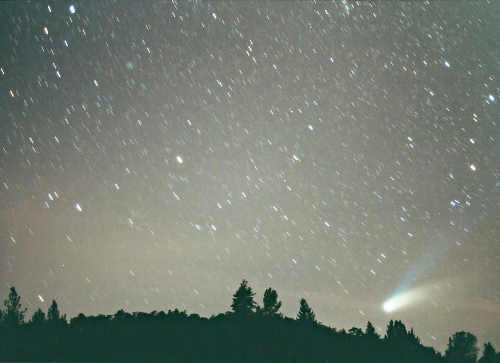
This soil is comprised of particles of rocks, mineral grains and glass melted during the meteorite impacts on the moon's surface long ago. The glasses included in highland soil are many colors, such as brown, pale green, gray and black.
The other lunar sample in the disc we viewed was Basalt. Basalt formed when lava spilled onto the moon's surface and cooled, then crystallized.
The grains in the basalt were pyroxene, feldspar, olivine and iron titanium oxide. The sample was collected in August 1971 by the Apollo 15 astronauts at the east edge of Mare Imbrium, the large circular area on the moon's upper left surface.
Following are some Web sites for night watchers:
– Taylor Observatory: http://www.lakecoe.org/programs/taylor_observatory .
– Earth Sky: http://earthsky.org/astronomy-essentials/earthskys-meteor-shower-guide#delta-aquarids .
“How did it get so late so soon? It's night before its afternoon. December is here before its June. My goodness how the time has flewn. How did it get so late so soon?” – Dr. Seuss
Kathleen Scavone, M.A., is an educator, potter, writer and author of “Anderson Marsh State Historic Park: A Walking History, Prehistory, Flora, and Fauna Tour of a California State Park” and “Native Americans of Lake County.” She also writes for NASA and JPL as one of their “Solar System Ambassadors.” She was selected “Lake County Teacher of the Year, 1998-99” by the Lake County Office of Education, and chosen as one of 10 state finalists the same year by the California Department of Education.
